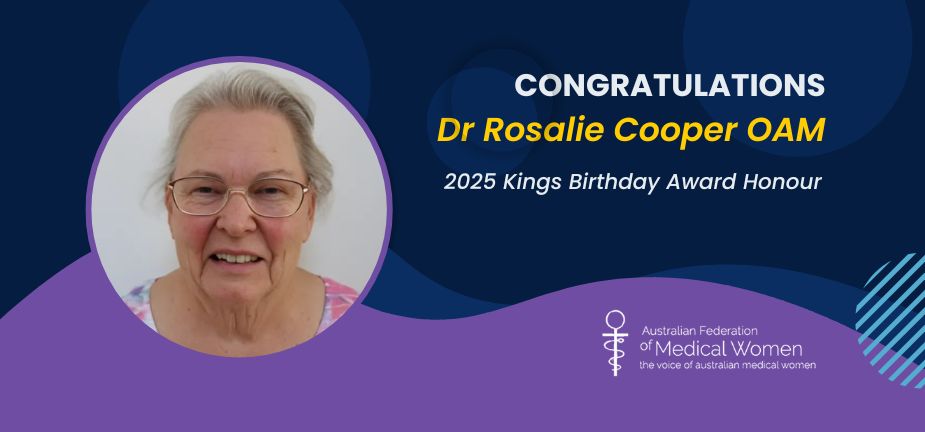• Coordinated treatment for all male and female fertility problems
• IVF and assisted reproductive technologies
• Specialising in assessment and management of recurrent miscarriages
• Assessment and management of ectopic pregnancies
• Surgical and diagnostic laparoscopies
• Ovulation induction
• General gynaecology and adolescent gynaecology
• Management of menopause
In addition to her involvement with Monash IVF, Dr Lynn Burmeister is an honorary lecturer at Monash University and a staff gynaecologist at Monash Medical Centre in Clayton. She has published and presented numerous scientific papers both in Australia and overseas.
Infertility affects one in six of couples. Infertility is defined as absence of conception after one year of unprotected intercourse at the time of ovulation. Causes of infertility are varied – female factor accounts for 50% of causes, male factor 30% and both 20%. More couples are seeking fertility treatments due to increasing age. Infertility treatments have advanced over the last two decades. Pregnancy rates have improved hence less cycles are required to achieve a pregnancy. Treatment modalities have been made easier for the patient that has been shown to have an important impact on how a patient copes with treatment. Stimulation protocols are friendlier – recombinant technology has replaced the older urinary products allowing medicine to be administered in easy to use pens. Ovulation is now prevented with an antagonist during the cycle so that cycle length is much shorter and easier on the patient causing fewer side effects and less depression. Embryo culture media have advanced so that embryos can be transferred at a later stage hence offering a better embryo selection and improved pregnancy rates with lower miscarriage rate being detected. Couples that carry genetic abnormalities can be offered pre-implantation genetic diagnoses to screen the embryo prior to transfer. This technology can also be used for couples with recurrent miscarriages due to aneuploidy. Freezing techniques have improved for both embryos and oocytes. Freezing techniques of embryos have changed from a slow freeze technique to vitrification which gives the embryo a 90% chance of survival (as opposed to 60% with slow freeze) and an only slightly lower pregnancy rate than a fresh embryo. Oocytes can also be vitrified with a greater chance of success than previously offered to women to help preserve their fertility. Finally, as pregnancy rates are increasing single embryo transfer is preferred, hence, helping to decrease the incidence of high risk multiple pregnancies.









